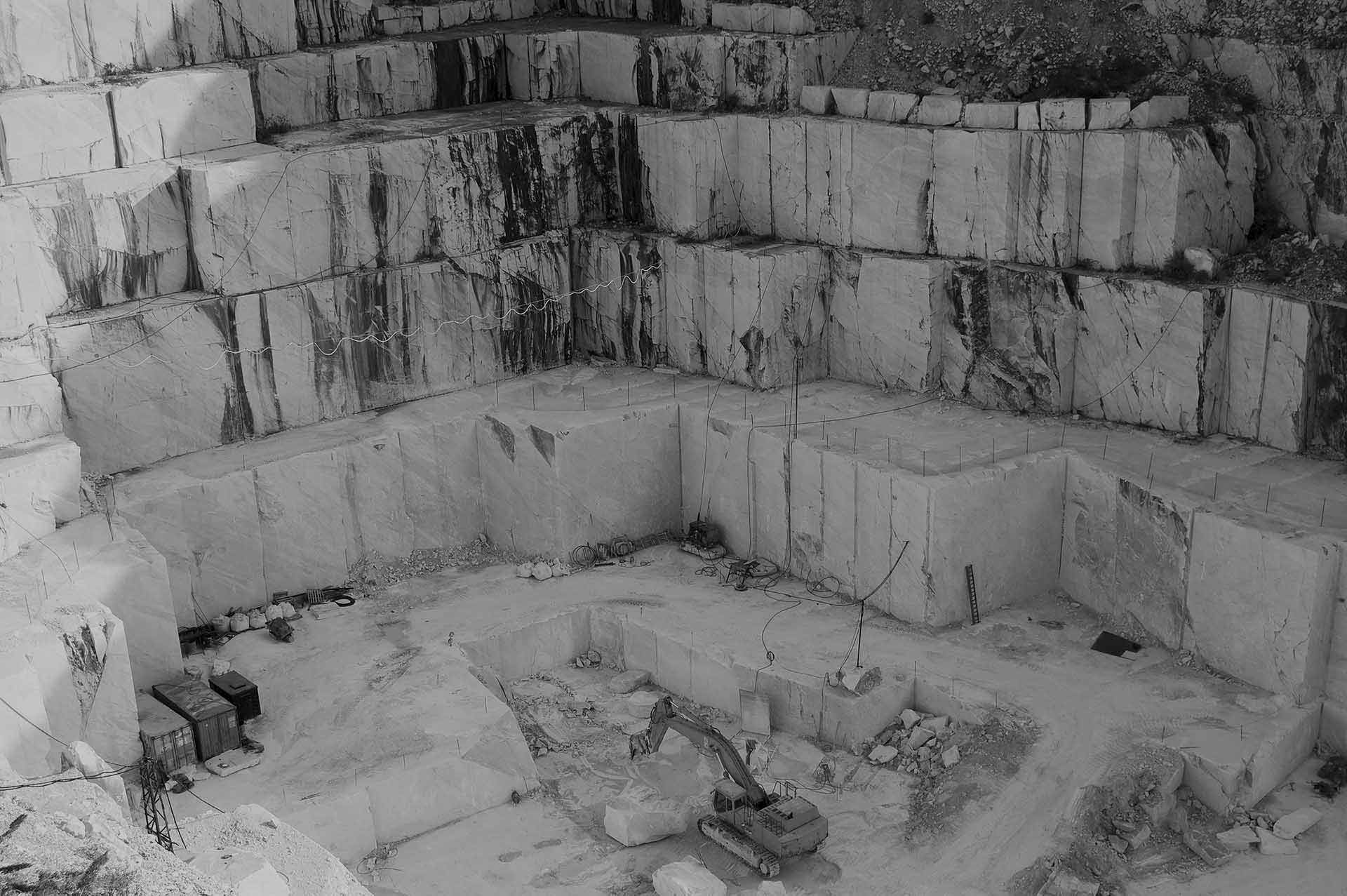Italian expenditures in infrastructure are expected to increase by 2.6% from 2021 to 2026 and, broadening the outlook to 2021-2031, by an annual 1.7%. This is higher growth than the Eurozone average (+1.5%) and above all much higher than pre-pandemic expectations (+0.9%). These estimates are contained in the SACE report, “Yesterday, Today and Tomorrow: Italian Infrastructure” based on a study conducted by Oxford Economics and Cresme.
In the period examined, growth in infrastructure expenditure will surpass the growth expected for GDP, thanks to the huge National Recovery and Resilience Plan funds available and to the reforms foreseen in their allocation. “The expected increase in infrastructure investment marks an evident change in course from the past”, the report states, reminding readers that in Italy “infrastructure investments constantly declined over the years”, with expenditure that, from the global financial crisis in 2008 to 2021, decreased on average by 2.8% annually. The sectors that will grow most in the next five years are ports, airports and railways (+3,8% on average per year), followed by electricity and gas infrastructures (+3.2%), driven by the push to greening and energy transition.
From the Verona-Brenner Pass and Naples-Bari rail lines to the port of Genoa, the new Brescia airport and new wind farms off Sardinia, infrastructure development will concern all of Italy. “The time is now: the exceptional availability of huge EU resources is for Italy a unique occasion for strengthening its infrastructure system”, the report underscored.















Comments are closed.